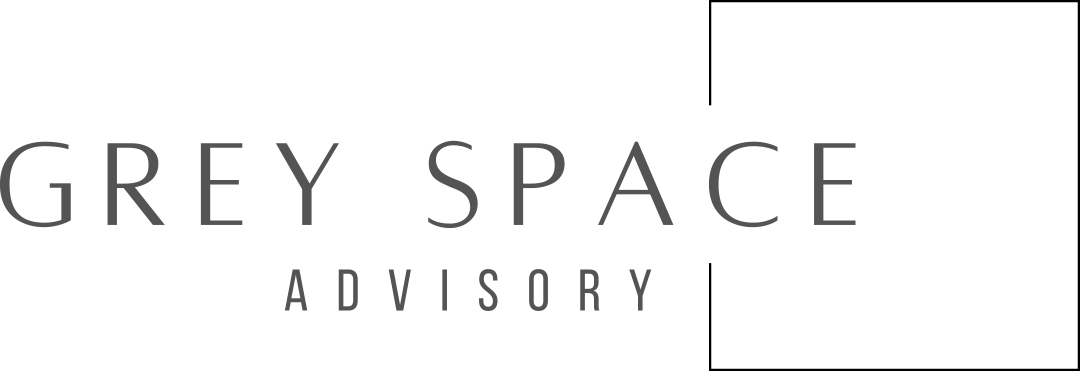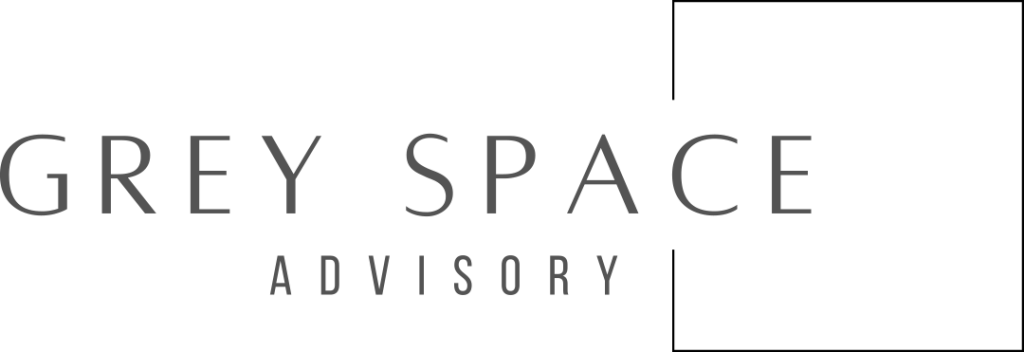
Managing a painting business involves more than just delivering excellent paint jobs. Effective bookkeeping is essential to track your finances, maintain accurate financial records, comply with tax regulations and ensure the long-term success of your business.
Utilising accounting software can significantly enhance your bookkeeping by recording and organising financial transactions, tracking expenses, generating financial statements and integrating invoice features for managing cash flow and taxes.
This comprehensive guide will walk you through the essentials of bookkeeping for painters in Australia, helping you maintain financial health and avoid common pitfalls.
Why Bookkeeping is Crucial for Painters
Financial Management
Proper bookkeeping helps you manage your finances effectively by separating personal and business finances, ensuring that you can track income and expenses, manage cash flow and make informed financial decisions.
Tax Compliance
Staying compliant with Australian tax laws is crucial for avoiding penalties. Accurate bookkeeping ensures that you meet your tax obligations and can take advantage of available deductions.
Business Growth
Understanding your financial position allows you to plan for growth, secure funding and invest in new opportunities.
Additionally, maintaining accurate financial records is crucial for making informed business decisions and ensuring the long-term success of your painting business.
Cash Flow Management
Good bookkeeping practices help you monitor and manage cash flow, ensuring that you have enough funds to cover your operating expenses and invest in future projects.
Setting Up Your Bookkeeping System
Choosing the Right Software
Selecting the right bookkeeping software is essential for streamlining your accounting processes, ensuring accuracy, efficiency, and better decision-making. Popular options in Australia include MYOB, Xero and QuickBooks. These platforms offer features like invoicing, expense tracking and GST reporting, tailored for small businesses.
Creating a Chart of Accounts
A chart of accounts is a list of all the accounts your business uses to record transactions. For a painting business, this should include categories for income, materials, labour, equipment, overheads and other relevant expenses.
Implementing a Record-Keeping System
Establish a system for maintaining accurate financial records of all financial transactions, including receipts, invoices and bank statements. Regularly reviewing and updating these records is crucial for understanding your financial situation, making informed decisions, complying with tax laws and identifying any discrepancies or errors. Digital record-keeping is recommended for ease of access and organisation.
Tracking Income and Expenses
Invoicing Clients
Create professional invoices for your clients to ensure timely payments. Include all necessary details such as your business name, ABN, contact information, a description of the services provided, payment terms and due date.
Managing Accounts Receivable
Keep track of outstanding invoices and follow up with clients who have overdue payments. Implement a system for sending reminders and setting up payment plans if necessary.
Tracking Expenses
Managing business finances is crucial for the success and growth of your business. Record all business expenses, including materials, labour, equipment, travel and marketing costs. Categorise these expenses to get a clear picture of where your money is going and identify areas for cost savings.
Managing Payroll
If you have employees, set up a payroll system to ensure they are paid accurately and on time. This includes calculating wages, withholding taxes and making superannuation contributions.
Understanding Tax Obligations
Goods and Services Tax (GST)
If your annual turnover exceeds $75,000, you must register for GST. Charge GST on your invoices and lodge regular Business Activity Statements (BAS) to report and pay the GST collected.
Income Tax
As a business owner, you must report your business income and expenses on your tax return. Depending on your business structure, this may be a sole trader, partnership or company tax return.
PAYG Withholding
If you have employees, you must withhold tax from their wages and remit it to the Australian Taxation Office (ATO). This is known as Pay-As-You-Go (PAYG) withholding.
Superannuation
Make regular superannuation contributions for your employees to comply with Australian superannuation laws. Ensure that contributions are made to a compliant super fund.
Claiming Deductions
Understand the deductions you can claim to reduce your taxable income. Common deductions for painting businesses include vehicle expenses, tools and equipment, materials, marketing costs and home office expenses.
It is crucial to separate personal and business finances to ensure accurate tax deductions.
Financial Reporting and Analysis
Profit and Loss Statement
Preparing profit and loss statements (P&L) is crucial for maintaining the financial health of your painting business. A P&L summarises your income and expenses over a specific period, showing your net profit or loss. Regularly reviewing your P&L helps you assess your business performance and make informed financial decisions.
Balance Sheet
A balance sheet provides a snapshot of your business’s financial position at a specific point in time. It lists your assets, liabilities and equity. Regularly updating your balance sheet helps you understand your business’s financial health.
Cash Flow Statement
A cash flow statement tracks the flow of cash in and out of your business. It helps you manage cash flow, ensuring you have enough funds to cover expenses and invest in growth opportunities.
Budgeting and Forecasting
Create budgets and financial forecasts to plan for future expenses and revenue. This helps you set financial goals, allocate resources effectively and anticipate potential challenges.
Best Practices for Bookkeeping in a Painting Business
Separate Business and Personal Finances
Maintain separate bank accounts and credit cards for your business and personal finances to keep personal and business transactions separate. This simplifies bookkeeping and ensures accurate record-keeping.
Regularly Reconcile Accounts
Regularly reconcile your bank accounts, credit card statements and accounting records to ensure accuracy and identify discrepancies.
Stay Organised
Keep your financial records organised and up to date. This includes filing receipts, invoices and other documents in a systematic manner.
Hire a Professional Bookkeeper
Consider hiring a professional bookkeeper to manage your finances. They can provide valuable insights, ensure compliance with tax laws and help you optimise your financial performance.
Use Cloud-Based Bookkeeping Software
Leverage cloud-based bookkeeping software to access your financial data anytime, anywhere. This facilitates collaboration with your bookkeeper and ensures that your records are always up to date.
Common Bookkeeping Challenges for Painting Businesses
Managing Seasonal Fluctuations
Painting businesses often experience seasonal fluctuations in demand. Plan for these variations by creating a cash reserve during peak periods to cover expenses during slower times.
Handling Large Projects
Large projects can complicate bookkeeping, especially if they span multiple months. Implement a system for tracking project-specific expenses and revenue to ensure accurate financial reporting.
The commercial painting industry faces unique bookkeeping challenges due to the complexity and scale of their projects, requiring tailored solutions to manage their finances effectively.
Dealing with Late Payments
Late payments from clients can disrupt cash flow. Implement a clear payment policy, send regular reminders and consider offering incentives for early payments to encourage timely settlements.
Tracking Inventory and Materials
Accurately track inventory and materials to avoid stock shortages and overstocking. Implement an inventory management system to monitor usage and reorder supplies as needed.
Calculating Job Costs
Accurately calculating job costs is essential for setting competitive prices and ensuring profitability. Track labour, materials, and overhead costs for each project to determine your true costs and set appropriate rates.
Accurate job cost calculations can help paint contractors save time and money by streamlining their financial management and allowing them to focus on growing their business.
Conclusion
Effective bookkeeping is crucial for the success of your painting business in Australia. By implementing proper bookkeeping practices, you can manage your finances, stay compliant with tax laws, and make informed business decisions. Whether you’re just starting or looking to improve your existing bookkeeping processes, this guide provides a comprehensive overview of the key aspects of bookkeeping for painting businesses.
For professional assistance in managing your painting business’s bookkeeping needs, reach out to Grey Space Advisory. Our team of experts can help you set up an efficient bookkeeping system, ensure tax compliance, and provide valuable financial insights to support your business growth. Contact us today to schedule a consultation and take the first step toward achieving your business goals.
FAQs for Bookkeeping for Painters
How often should I update my bookkeeping records?
It’s best to update your bookkeeping records regularly, ideally on a weekly basis, to maintain accurate financial records. Regular updates help you keep track of your financial transactions, ensure accuracy and make informed business decisions.
What are some common tax deductions for painting businesses?
Common tax deductions for painting business owners include vehicle expenses, tools and equipment, materials, marketing costs and home office expenses. These deductions can help reduce your taxable income.
How can I manage cash flow effectively in my painting business?
To manage cash flow effectively, create a cash flow statement, maintain a cash reserve for slower periods, track expenses closely and ensure timely invoicing and payment collection. Regularly reviewing your financial statements can also help you anticipate and address cash flow issues.
Do I need to hire a professional bookkeeper?
While you can manage your bookkeeping yourself, hiring a professional bookkeeper can save you time, ensure accuracy and help you stay compliant with tax regulations. A professional can also provide valuable financial insights and support your business growth.












